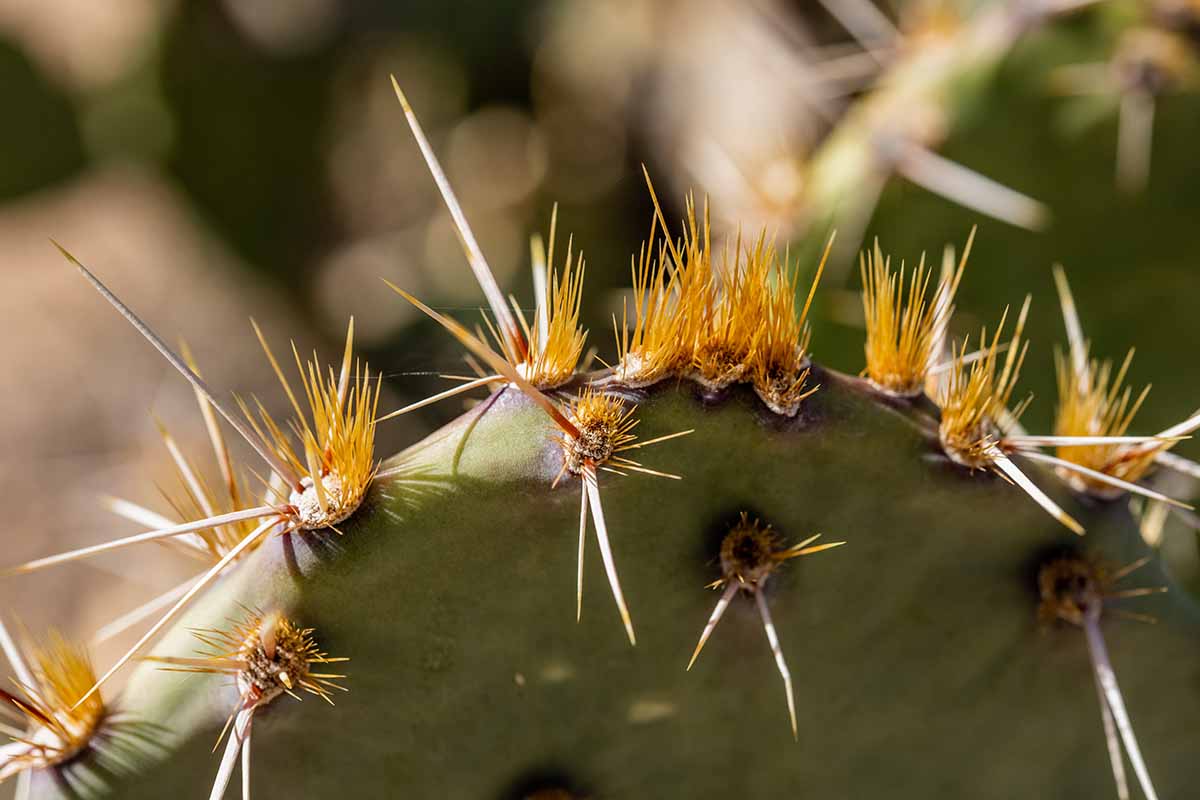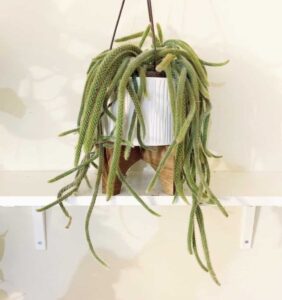When one envisions a cactus, sharp and intimidating spines often come to mind. Yet, these structures are not mere defense mechanisms; they are vital to the plant’s survival and thrive in the harshest of environments. To truly grasp the significance of cactus spines, we must delve into their multifaceted roles: protection, water conservation, and ecological relationships.
Understanding the profound function that cactus spines serve promises a shift in perspective. These spines are akin to nature’s ingenious solutions to the challenges posed by climate and ecology. Let us explore the intriguing world of cactus spines, unraveling their importance in the life of these remarkable plants.
Protection: Nature’s Armor
Cacti have evolved in some of the most inhospitable environments on Earth, often facing intense competition for resources. The first defense mechanism that comes to mind is their spines. These sharp protrusions are effective agents of deterrence, strategically designed to ward off herbivores. Many animals instinctively know to avoid the pain that a prick from a spine can inflict. For cacti, this is crucial, as their survival depends on conserving their resources. It is not merely the physical barrier that spines provide; they also act as a psychological deterrent, making potential herbivores think twice before attempting to consume the plant.
Moreover, spines contribute to the cactus’s overall structure. In a world where water is a precious commodity, spines can create microenvironments. By breaking the flow of winds around the cactus, these sharp appendages can help to reduce sunlight exposure and minimize water loss through evaporation. Instead of opening up the plant to direct sunlight, spines provide a shield, nurturing the cactus’s inner moisture and resilience.
Water Conservation: A Master of Adaptation
The arid conditions that characterize many cactus habitats demand ingenious adaptations, and spines play a pivotal role in this regard. Many might wonder how something sharp and seemingly superficial can assist with a plant’s water retention. The answer lies in the interplay between spines and stomata—the minute pores on the surface of the cactus that facilitate gas exchange.
In many cacti, the stomata are minimized in size and number on the spine-covered surfaces. This reduction helps to minimize water loss during transpiration, especially in the relentless heat of daytime conditions. Additionally, spines can provide a cooling shadow by blocking some of the intense rays of the sun, further assisting in temperature regulation. The cactus cleverly shifts the importance of these physical structures from mere defense to a sophisticated method of enduring prolonged drought.
Spination as Evolutionary Strategy
Cacti exhibit a fascinating variety of spine types, each tailored to evolutionary demands. You can find everything from long, needle-like spines to shorter, thicker ones. This diversity speaks volumes about their adaptive strategies. While all spines share a basic function, their physical characteristics can fulfill different roles based on environmental pressures.
A unique variant of cactus spines found in some species is known as ‘glochids.’ These hair-like spines are barbed and can detach easily when brushed against. Unlike their more formidable counterparts, glochids can latch onto skin with alarming ease, causing irritation and discomfort—a clever tactic to further deter herbivorous threats. Recognizing the distinction between glochids and larger spines is crucial for any cactus enthusiast; understanding their variations deepens appreciation for these plants’ evolutionary journeys.
Ecological Relationships: The Interconnected Web of Life
Spines also influence the broader ecological web within which cacti exist. As spiny entities, they not only deter herbivores but can also provide shelter for various organisms. Small birds and insects often find refuge among the thorny interiors of cacti, drawing connections between these plants and a wide array of wildlife. Additionally, some birds utilize the thorny structures as nesting sites, creating a symbiotic relationship where the bird receives shelter while inadvertently assisting in pollination and seed dispersal activities.
This interaction highlights a salient fact: cacti do not exist in isolation. The dynamics of their spines create a habitat for multiple species. Understanding these relationships enriches one’s perception of cacti, transforming them from solitary figures in a desert landscape to vital players in an intricate ecosystem.
The Future of Cacti and Their Spines
As climate change continues to challenge ecosystems globally, the survival of cacti—and by extension, their spines—remains a topic of intrigue. While their spines have proven to be remarkable adaptations, the future may call for even greater resilience. Challenges like shifting precipitation patterns or increased temperatures necessitate adaptability beyond current evolutionary limits.
Research is ongoing to ascertain how cacti will respond to these challenges. Scientists are examining the genetic makeup of various cacti species, seeking potential habits that can enhance their survivability in an unpredictable future. The results could translate into valuable insights not just for botanical science but for agriculture and ecosystem management as well, revealing how other crops can adapt to water scarcity through principles gleaned from these remarkable plants.
In conclusion, the world of cactus spines is rich with complexity and interconnection. From serving as formidable defenses against predators to sustaining themselves through water conservation and fostering intricate ecological relationships, these seemingly simple structures are anything but trivial. They offer a profound glimpse into the wonders of adaptation and the intricacies of life itself. Understanding cactus spines reveals a deeper appreciation of not just cacti, but the broader narrative of survival in nature’s ever-changing landscape.




Leave a Comment